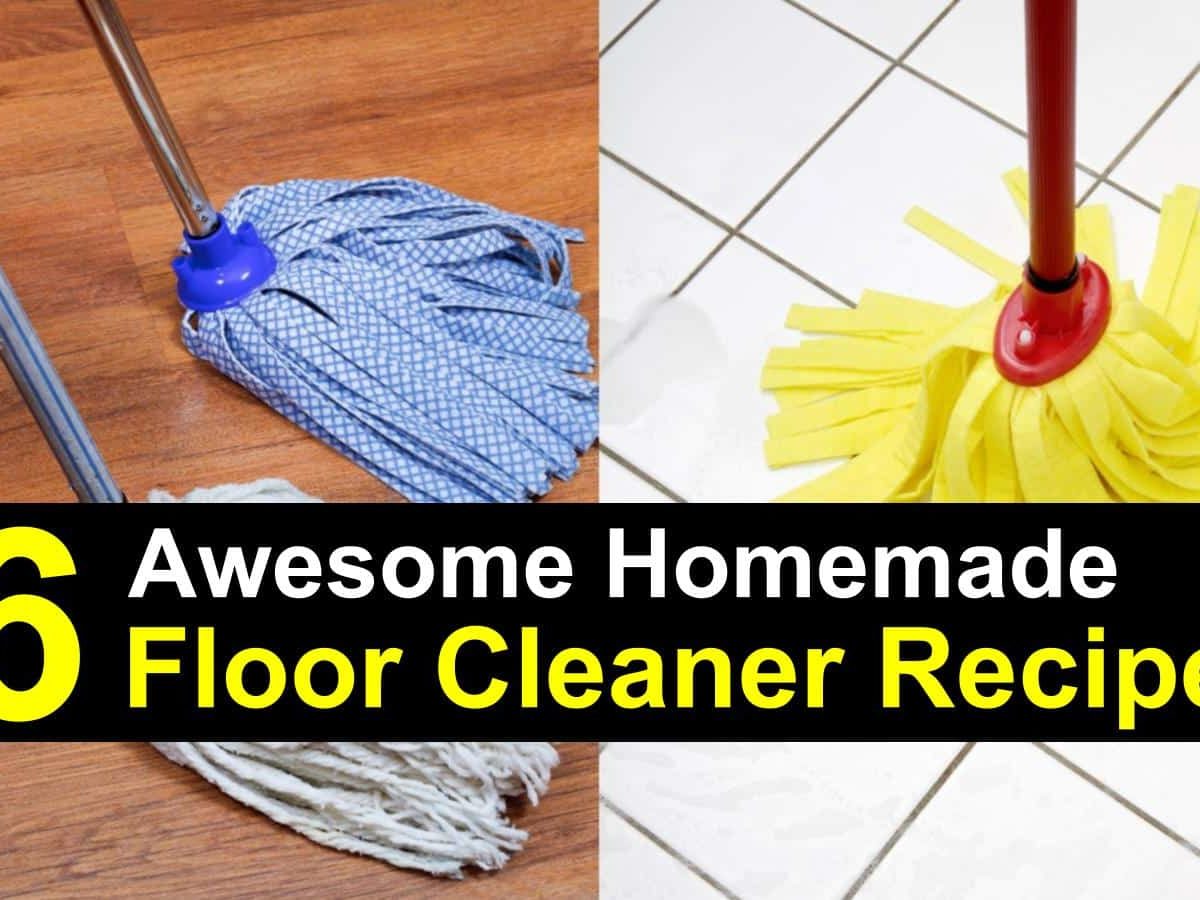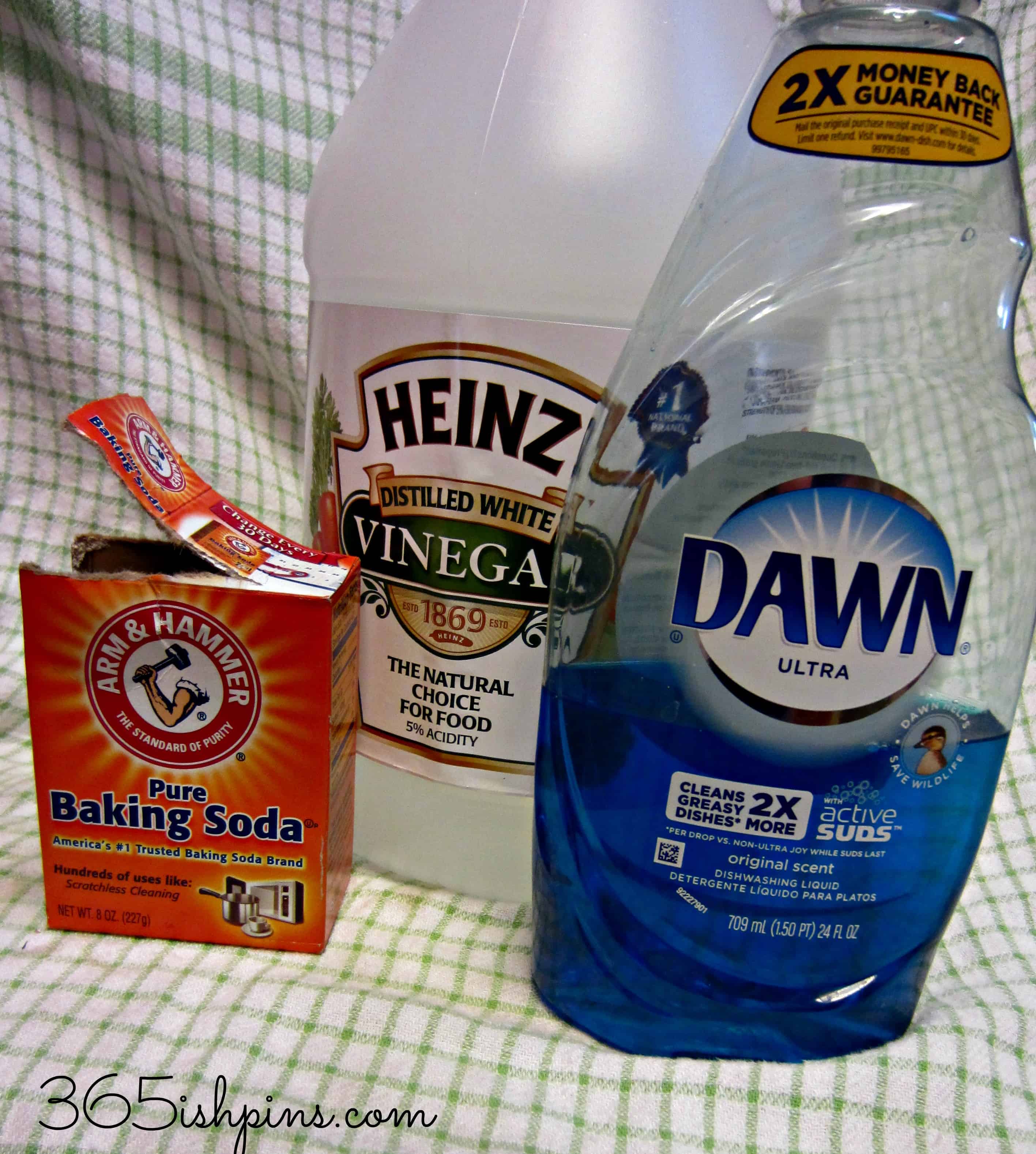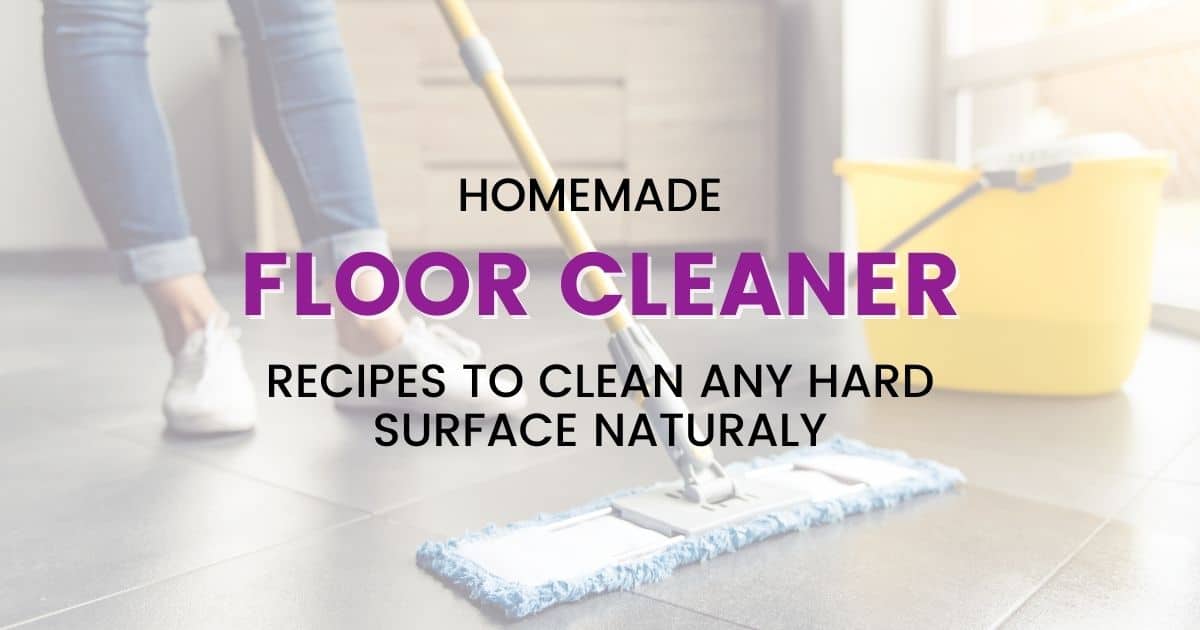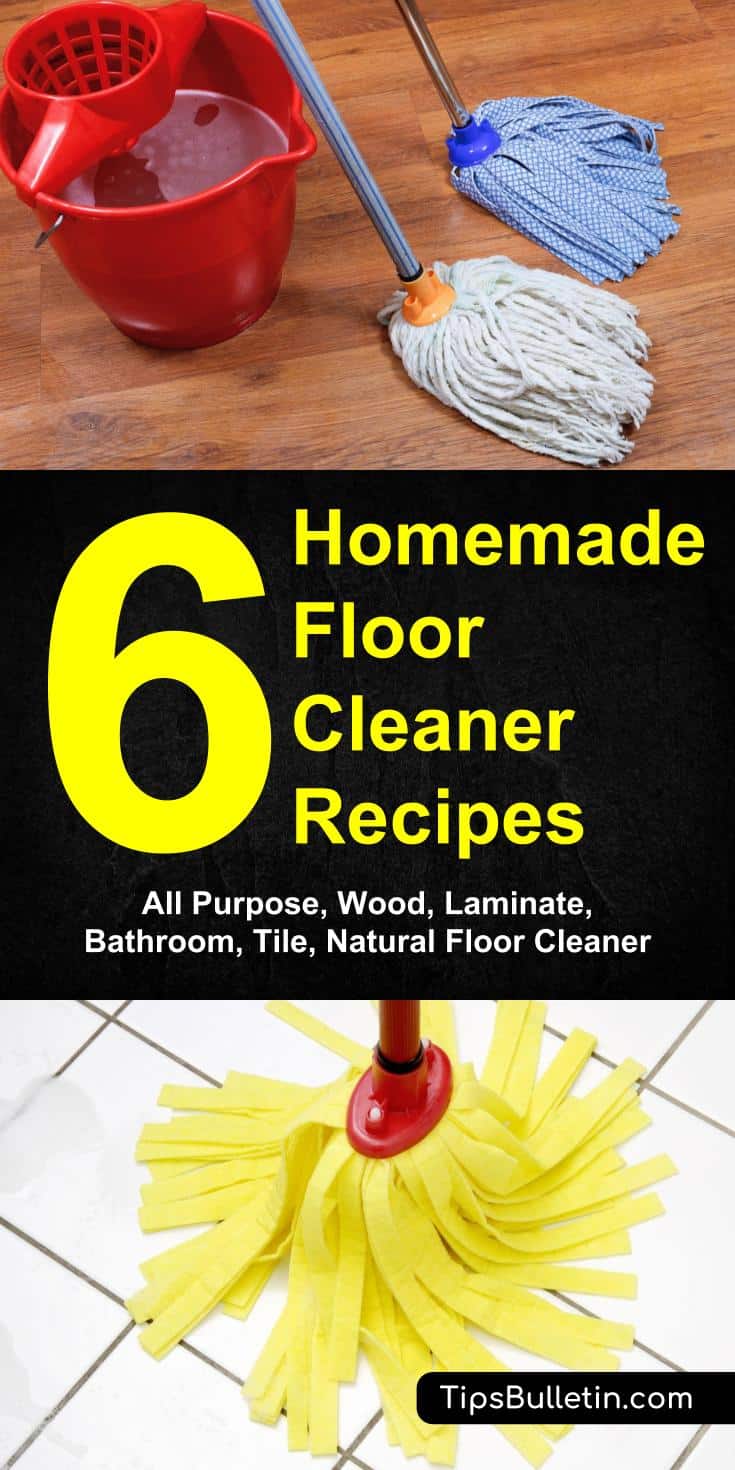Cleaning the bathroom floor is essential for maintaining hygiene and a fresh environment in one of the most frequently used rooms in your home. Commercial cleaners often contain harsh chemicals that can be harmful to your health and the environment. DIY bathroom floor cleaners offer a natural, cost-effective, and efficient alternative. Let’s discuss the benefits of DIY cleaners, common ingredients, easy-to-make recipes, application tips, storage advice, and commercial natural cleaner options. We’ll also cover common mistakes to avoid and answer frequently asked questions to help you keep your bathroom floors spotless.
Benefits of DIY Bathroom Floor Cleaners
- Healthier Environment: Using DIY bathroom floor cleaners means you control the ingredients. Many commercial cleaners contain toxic substances that can cause respiratory issues, skin irritations, and other health problems. DIY cleaners, made from natural ingredients, create a healthier environment for you and your family.
- Eco-Friendly Solutions: DIY cleaners are typically made from biodegradable and non-toxic ingredients, reducing your environmental footprint. By avoiding harsh chemicals, you contribute to less pollution and waste, promoting a more sustainable lifestyle.
- Cost-Effective: The ingredients for DIY bathroom floor cleaners are often already in your pantry or can be purchased at a low cost. This makes DIY cleaners much more affordable than store-bought options, offering significant savings over time.
- Customizable Scents: With DIY cleaners, you can customize the scent to your liking using essential oils. Unlike synthetic fragrances in commercial products, essential oils provide a natural and pleasant aroma without overpowering your senses.
- Gentle on Surfaces: DIY cleaners are gentle on bathroom floor surfaces, whether tile, vinyl, or laminate. They effectively remove dirt and grime without causing damage or leaving residues that can dull the finish.
- Versatility: Many DIY bathroom floor cleaner recipes can be used for other cleaning tasks around your home, making them versatile and practical. A single solution can often clean multiple surfaces, simplifying your cleaning routine.
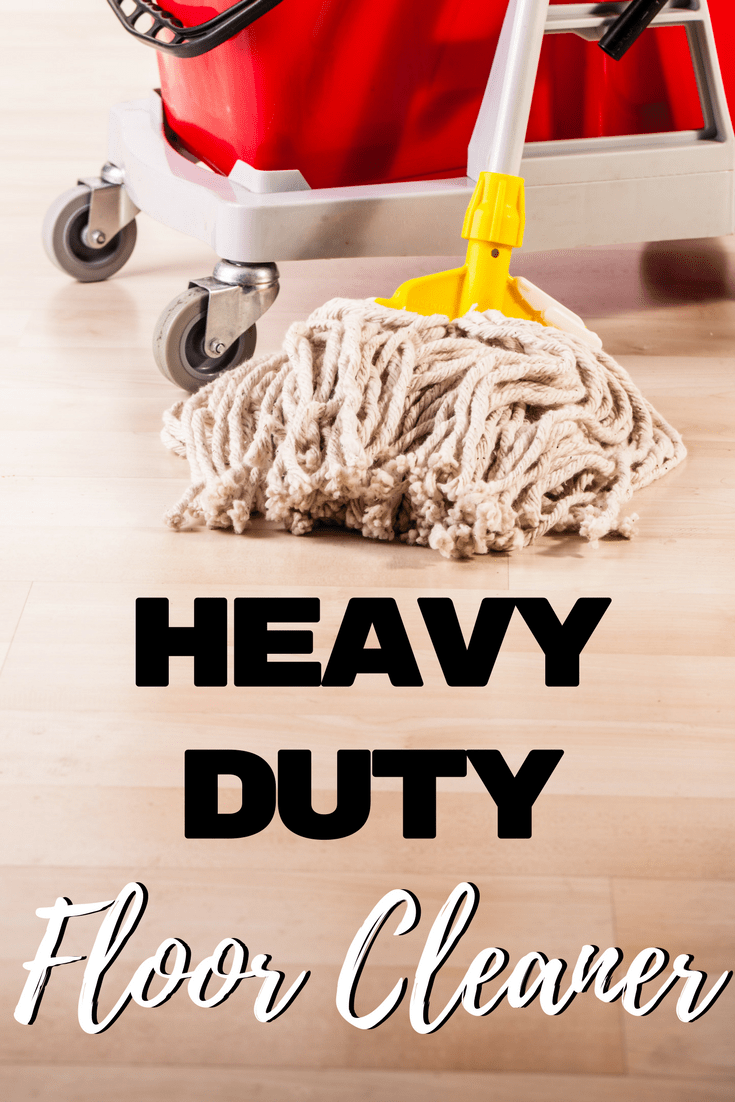
Common Ingredients in DIY Bathroom Floor Cleaners
Vinegar
Vinegar is a powerful, natural cleaner known for its acidity, which helps dissolve dirt, grime, and mineral deposits. It also has disinfectant properties, making it ideal for bathroom cleaning. White vinegar is the most commonly used type for cleaning purposes.
Baking Soda
Baking soda is a mild abrasive that helps scrub away stubborn stains and grime without scratching surfaces. It also neutralizes odors, making it a valuable ingredient in bathroom floor cleaners.
Essential Oils
Essential oils like tea tree, eucalyptus, lavender, and lemon add not only a pleasant scent but also antimicrobial properties to your cleaner. They help disinfect surfaces and leave a refreshing aroma.
Castile Soap
Castile soap is a plant-based soap that is gentle yet effective at removing dirt and grime. It’s versatile and can be used in various cleaning recipes for a thorough clean without harsh chemicals.
Hydrogen Peroxide
Hydrogen peroxide is a natural bleaching agent and disinfectant. It helps remove stains and kills bacteria, making it an excellent addition to bathroom floor cleaners. Use it in moderation to avoid damaging surfaces.
Rubbing Alcohol
Rubbing alcohol evaporates quickly and helps disinfect surfaces. It’s particularly useful for sanitizing high-touch areas in the bathroom. When combined with other ingredients, it enhances the cleaning power of your DIY solution.
DIY Bathroom Floor Cleaner Recipes
Simple Vinegar Solution
A basic yet effective cleaner can be made by mixing equal parts of white vinegar and water. This solution is excellent for everyday cleaning and disinfecting. Use a spray bottle to apply the mixture to the floor and wipe clean with a microfiber mop.
Baking Soda Scrub
For tough stains and grime, a baking soda scrub works wonders. Mix 1/2 cup of baking soda with enough water to form a paste. Apply the paste to the stained areas, scrub with a brush, and rinse with warm water. This method is great for grout lines and stubborn spots.
Essential Oil Cleaner
Combine 1 cup of water, 1 cup of vinegar, and 10-15 drops of your favorite essential oil (such as tea tree or lavender) in a spray bottle. This cleaner not only disinfects but also leaves your bathroom smelling fresh and pleasant.
Castile Soap Solution
Mix 1 tablespoon of Castile soap with 1 quart of warm water. This gentle cleaner is perfect for regular maintenance. Use a mop or sponge to clean the floor, then rinse with clean water to remove any soap residue.
Hydrogen Peroxide and Baking Soda
For a powerful cleaner, combine 1/2 cup of hydrogen peroxide with 1 cup of baking soda. This mixture effectively removes stains and disinfects. Apply it to the floor, scrub with a brush, and rinse thoroughly with water.
Rubbing Alcohol and Vinegar Cleaner
Mix 1 cup of rubbing alcohol, 1 cup of vinegar, and 1 cup of water in a spray bottle. Add a few drops of essential oil for fragrance. This quick-drying solution disinfects and cleans, making it ideal for high-traffic bathroom floors.
Tips for Applying DIY Bathroom Floor Cleaners
Regular Sweeping or Vacuuming
Before applying any cleaner, sweep or vacuum the floor to remove loose dirt and debris. This prevents scratching and ensures more effective cleaning.
Spot Testing
Always test your DIY cleaner on a small, inconspicuous area of the floor before using it extensively. This helps ensure that the cleaner won’t cause any damage or discoloration.
Proper Mopping Techniques
Use a damp mop rather than a wet one to avoid excess water, which can damage the floor. Wring out the mop thoroughly before use and mop in sections, ensuring the floor dries quickly.
Scrubbing Grout Lines
Grout lines can accumulate dirt and grime over time. Use a brush and a baking soda paste to scrub grout lines thoroughly. Rinse well to remove all residues.
Polishing for Shine
For tile or vinyl floors, polishing can restore shine. After cleaning, buff the floor with a dry microfiber cloth or mop to enhance its appearance and remove any streaks.
Drying the Floor
Ensure the floor is completely dry after cleaning to prevent slipping and to avoid water damage. Use a dry mop or towel to speed up the drying process if necessary.
Storing DIY Bathroom Floor Cleaners
Airtight Containers
Store your DIY cleaners in airtight containers to maintain their effectiveness. Exposure to air can cause some ingredients to lose their potency over time.
Cool, Dark Place
Keep your cleaners in a cool, dark place to prolong their shelf life. Direct sunlight and heat can degrade certain ingredients, reducing their cleaning power.
Labeling
Clearly label each container with the contents and the date it was made. This helps you keep track of freshness and ensures you use the oldest cleaners first.
Small Batches
Make DIY cleaners in small batches to ensure they remain fresh and effective. Using fresh ingredients maximizes their cleaning potential.
Essential Oil Storage
If your cleaner contains essential oils, store it in a glass container to prevent the oils from reacting with plastic. Glass preserves the integrity of the essential oils.
Regular Replacement
Replace your DIY cleaners regularly, especially if they contain water or other perishable ingredients. This prevents the growth of bacteria and ensures optimal cleaning performance.
Commercial Natural Bathroom Floor Cleaners
Better Life Floor Cleaner
Better Life offers a plant-based floor cleaner that is safe for use on all types of bathroom floors. It’s free from synthetic fragrances and dyes, providing a gentle yet effective clean.
Method Squirt + Mop Hard Floor Cleaner
Method’s hard floor cleaner is a convenient, eco-friendly option that works well on bathroom floors. It’s non-toxic and comes in a variety of pleasant scents, leaving your floors clean and fresh.
Seventh Generation Multi-Surface Cleaner
Seventh Generation’s multi-surface cleaner is made from plant-based ingredients and is safe for use on bathroom floors. It’s effective at cutting through grime and leaves no harsh residues.
Aunt Fannie’s Vinegar Wash Floor Cleaner
Aunt Fannie’s vinegar wash uses natural vinegar and essential oils to clean and disinfect floors. It’s non-toxic and biodegradable, making it an excellent choice for eco-conscious households.
ECOS Floor Cleaner
ECOS offers a floor cleaner made with plant-derived ingredients and essential oils. It’s safe for use on all types of bathroom floors and provides a thorough, streak-free clean.
Puracy Natural Multi-Surface Cleaner
Puracy’s natural multi-surface cleaner is a versatile option that works well on bathroom floors. It’s non-toxic, biodegradable, and effective at removing dirt and grime without harsh chemicals.
Common Mistakes to Avoid
Using Too Much Water
Excessive water can damage bathroom floors, especially if they are made of wood or laminate. Always use a damp mop and avoid soaking the floor.
Ignoring Spills
Spills should be cleaned up immediately to prevent stains and damage. Leaving spills unattended can lead to permanent discoloration and deterioration of the floor.
Skipping Regular Maintenance
Regular maintenance, such as sweeping and mopping, is crucial for keeping bathroom floors clean and in good condition. Neglecting these tasks can lead to buildup and harder-to-clean stains.
Using Harsh Chemicals
Avoid using harsh chemicals like bleach or ammonia, which can damage the floor’s surface and harm your health. Stick to natural, gentle cleaners for safe and effective cleaning.
Not Rinsing
Failing to rinse the floor after cleaning can leave residues that attract dirt and dull the finish. Always rinse well and dry the floor thoroughly.
Overusing Abrasives
While baking soda is a great cleaner, overusing it or scrubbing too hard can scratch certain floor surfaces. Use abrasives sparingly and gently to avoid damage.
What are the best ingredients for DIY bathroom floor cleaners?
The best ingredients for DIY bathroom floor cleaners include vinegar, baking soda, essential oils, Castile soap, hydrogen peroxide, and rubbing alcohol. These ingredients are natural, effective, and safe for most bathroom floor surfaces. Vinegar helps dissolve dirt and grime while baking soda acts as a mild abrasive. Essential oils add pleasant scents and antimicrobial properties, and Castile soap provides gentle cleaning power. Hydrogen peroxide and rubbing alcohol are excellent for disinfecting and removing stains.
Can I use these DIY cleaners on all types of bathroom floors?
Yes, most DIY bathroom floor cleaners are suitable for various floor types, including tile, vinyl, and laminate. However, it’s essential to test the cleaner on a small, inconspicuous area first to ensure it doesn’t cause any damage or discoloration. For example, vinegar-based cleaners are generally safe for tile and vinyl but might not be suitable for natural stone floors. Always follow the manufacturer’s recommendations for your specific floor type.
How often should I clean my bathroom floor with DIY cleaners?
For optimal hygiene and cleanliness, it’s advisable to clean your bathroom floor at least once a week with a DIY cleaner. High-traffic areas or homes with pets and children may require more frequent cleaning. Regular sweeping or vacuuming to remove loose dirt and debris should also be part of your routine to prevent scratches and buildup. Immediate spot cleaning of spills and stains will help maintain the floor’s appearance and prevent long-term damage.
Are DIY bathroom floor cleaners safe for pets and children?
Yes, DIY bathroom floor cleaners made from natural ingredients are generally safe for pets and children. Unlike commercial cleaners that may contain toxic chemicals, DIY solutions are typically free from harmful substances. However, it’s still important to keep pets and children away from freshly cleaned floors until they are completely dry to avoid any accidental slips or ingestion of cleaning residues. Always store cleaning ingredients and solutions out of reach of children and pets.
How can I add a pleasant scent to my DIY bathroom floor cleaner?
Adding a few drops of essential oils like lavender, lemon, eucalyptus, or tea tree oil to your DIY bathroom floor cleaner can impart a pleasant, natural scent. These oils not only make your bathroom smell fresh but also add antimicrobial properties to the cleaner. Experiment with different combinations to find a scent you enjoy. For instance, a mix of lemon and lavender essential oils can create a refreshing and calming aroma.
What should I do if my DIY cleaner leaves streaks on the floor?
If your DIY cleaner leaves streaks, try rinsing the floor with clean water after mopping. Make sure you’re not using too much cleaner, as this can lead to residue buildup. Using a microfiber mop can help reduce streaking and ensure a more even application. Additionally, buffing the floor with a dry cloth or mop after cleaning can help eliminate any remaining streaks and enhance the floor’s shine. If the problem persists, adjusting the ratio of ingredients in your cleaner may help achieve a streak-free finish.
Related Posts:
